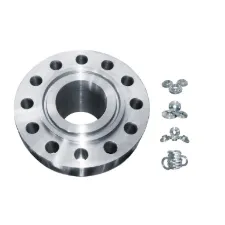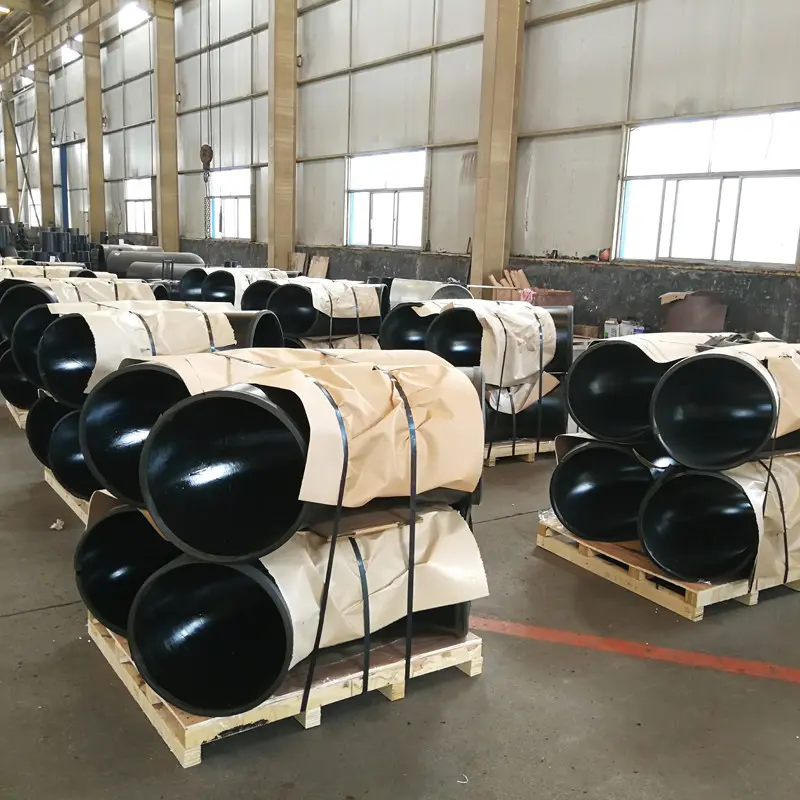

Liquid Epoxy coatings serve as a versatile option for touch-up and repair. These coatings are typically applied with standard painting equipment, offering a practical option for in-field applications where full-scale powder coating may not be feasible. Liquid epoxy provides outstanding corrosion resistance and can be adapted to suit various pipeline compositions and environmental settings. With fast curing capabilities even at low temperatures, liquid epoxy is favored for maintenance tasks that require quick turnaround. Polyolefin coatings, including polypropylene and polyethylene variants, are well-suited for high-temperature applications. These coatings offer exceptional thermal resistance and maintain structural integrity under significant heat levels, making them the preferred choice for pipelines exposed to high operating temperatures and thermal cycling. The ability to withstand thermal expansion and contraction without compromising the pipeline's integrity underscores the reliability of polyolefin coatings in extreme conditions. Advanced market innovations also focus on environmentally friendly pipeline coatings, which reduce the carbon footprint without compromising performance. These coatings often incorporate bio-based materials or reduced volatile organic compounds (VOCs) to align with sustainable practices and regulatory standards. As industries worldwide pivot towards sustainability, eco-conscious coating solutions play a crucial role in the transition to greener infrastructure. In weighing the options for pipeline coatings, factors such as environment, pipeline material, and operating conditions must be considered. Consulting with industry experts and conducting thorough site evaluations are crucial steps in selecting the most effective coating type, ensuring optimal pipeline performance and longevity. With advancements in coating technology continuing to evolve, staying abreast of new developments and legislative changes is essential for informed decision-making and maintaining a competitive edge.
Post time: Feb . 17, 2025 11:57
Next:

















